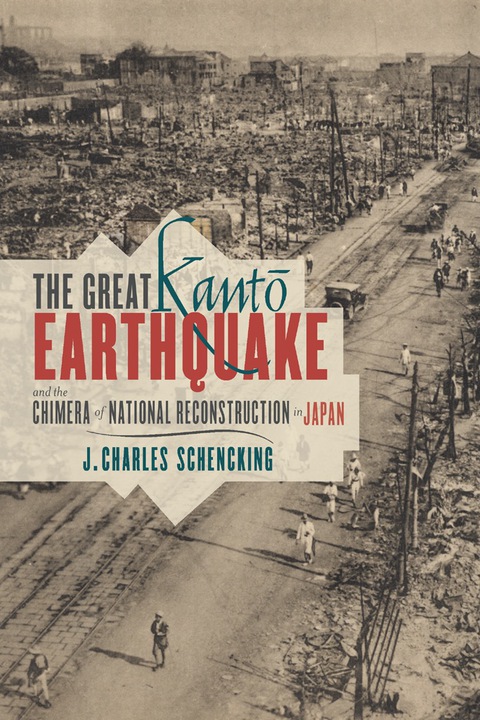
The Great Kanto Earthquake and the Chimera of National Reconstruction in Japan PDF
2013·22.5146 MB·other
Most books are stored in the elastic cloud where traffic is expensive. For this reason, we have a limit on daily download.
Preview The Great Kanto Earthquake and the Chimera of National Reconstruction in Japan
Description:
In September 1923, a magnitude 7.9 earthquake and subsequent firestorms devastated nearly half of Japan’s capital, killing more than 120,000 people and leaving two million homeless. Using a rich array of source material, J. Charles Schencking tells for the first time in English or Japanese the graphic tale of Tokyo’s destruction, while explaining how and why the disaster compelled people to reflect on the state of urban, consumer society. He also examines how the unprecedented calamity encouraged many inhabitants to entertain new types of modernity as they rebuilt their world.
Some residents hoped this catastrophe would lead to a grandiose, awe-inspiring new city; some pushed for more creative infrastructure to enable the state to better manage traffic. Others focused on rejuvenating society—morally, economically, and spiritually—to combat the perceived deterioration of Japan. Schencking explores the inspiration behind these dreams and the extent to...
Some residents hoped this catastrophe would lead to a grandiose, awe-inspiring new city; some pushed for more creative infrastructure to enable the state to better manage traffic. Others focused on rejuvenating society—morally, economically, and spiritually—to combat the perceived deterioration of Japan. Schencking explores the inspiration behind these dreams and the extent to...
See more
The list of books you might like
Most books are stored in the elastic cloud where traffic is expensive. For this reason, we have a limit on daily download.
